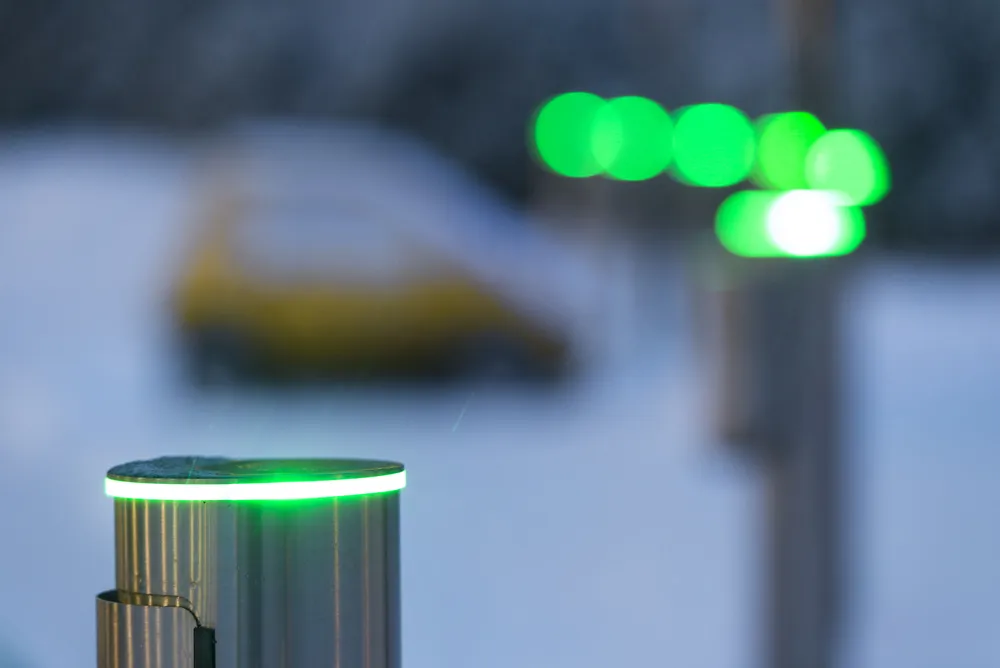The trials are being undertaken by EastLink in partnership with
With hands-free driving on freeways expected within the next few years, subject to legislative changes, the trials represent the only program in Australia that is producing real results for freeway operators and vehicle manufacturers to facilitate the safe and early introduction of this capability on EastLink and other Victorian freeways.
The trials have already assisted vehicle manufacturers and freeway operators by identifying opportunities to improve the compatibility between vehicles’ new technologies and some of the infrastructure on EastLink and other freeways. The vehicle manufacturers and freeway operators are now able to work on taking advantage of these opportunities, which will further improve vehicles’ Level.2 performance on EastLink and Victorian freeways, and pave the way for the safe introduction of Level.3 capability (descriptions of these levels are included later in this release).
Testing of vehicle connectivity (5.9 GHz and Cellular) is also included within the EastLink trials program, including both V2V (vehicle to vehicle) and V2I (vehicle to infrastructure) connectivity. Initial testing has been focused on verifying the compatibility of connected vehicle communications (5.9 GHz) with the existing DSRC tag to tolling point communications (5.8 GHz), prior to conducting on-road trials of different message types.
EastLink receives special commendation from ADVI
One of Australia’s largest tollways, EastLink in Victoria, has received a Special Commendation from the Australia & New Zealand Driverless Vehicle Initiative (ADVI), for the trials of automated vehicle technologies underway on EastLink. The trials are being undertaken by EastLink in partnership with VicRoads, ARRB, La Trobe University and RACV, with the assistance of major vehicle manufacturers, including BMW, Honda, Mercedes, Mitsubishi and Volvo. The most recent technology demonstration involved the new T
July 24, 2017
Read time: 2 mins
One of Australia’s largest tollways, EastLink in Victoria, has received a Special Commendation from the Australia & New Zealand Driverless Vehicle Initiative (ADVI), for the trials of automated vehicle technologies underway on EastLink.









